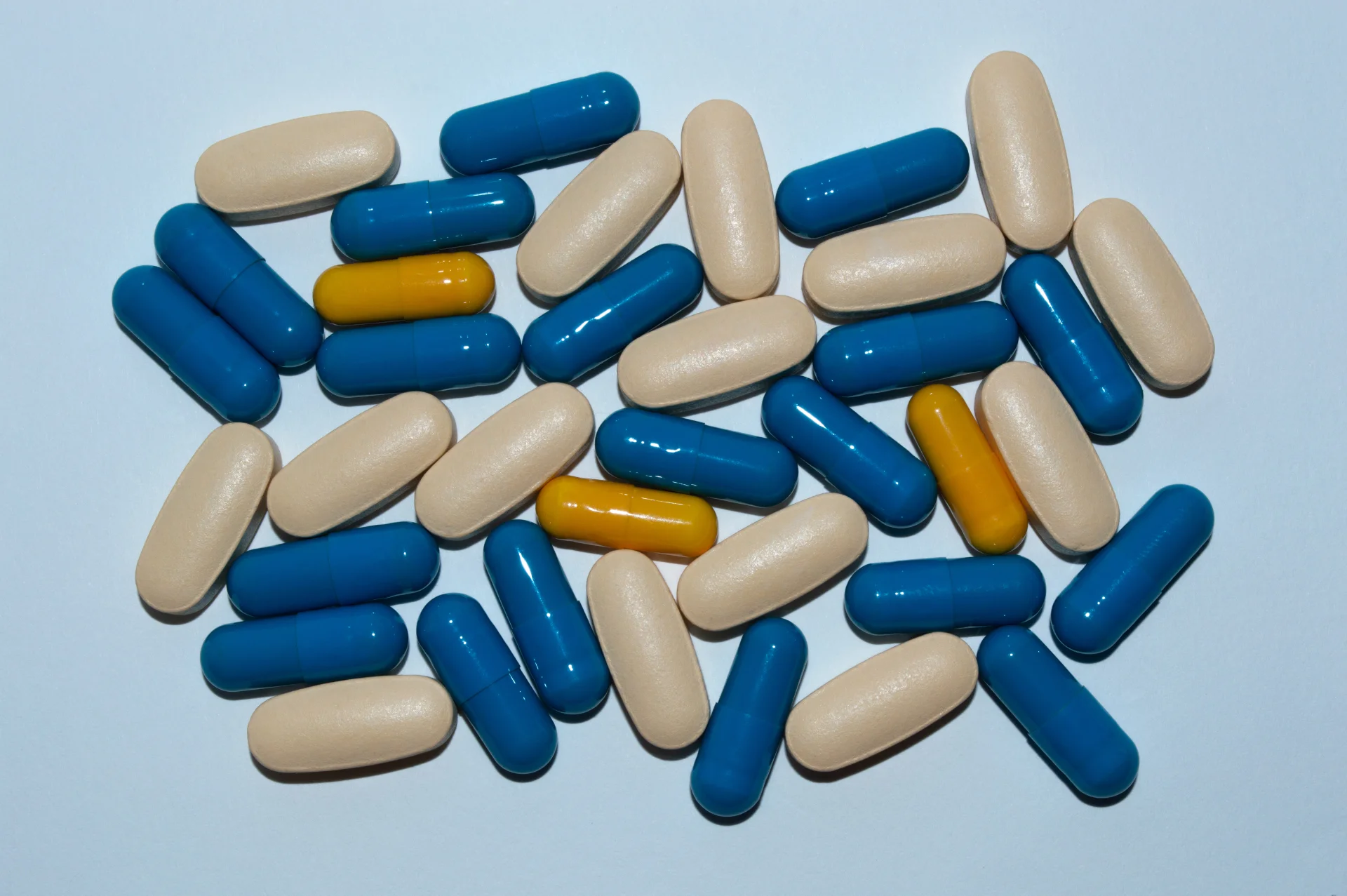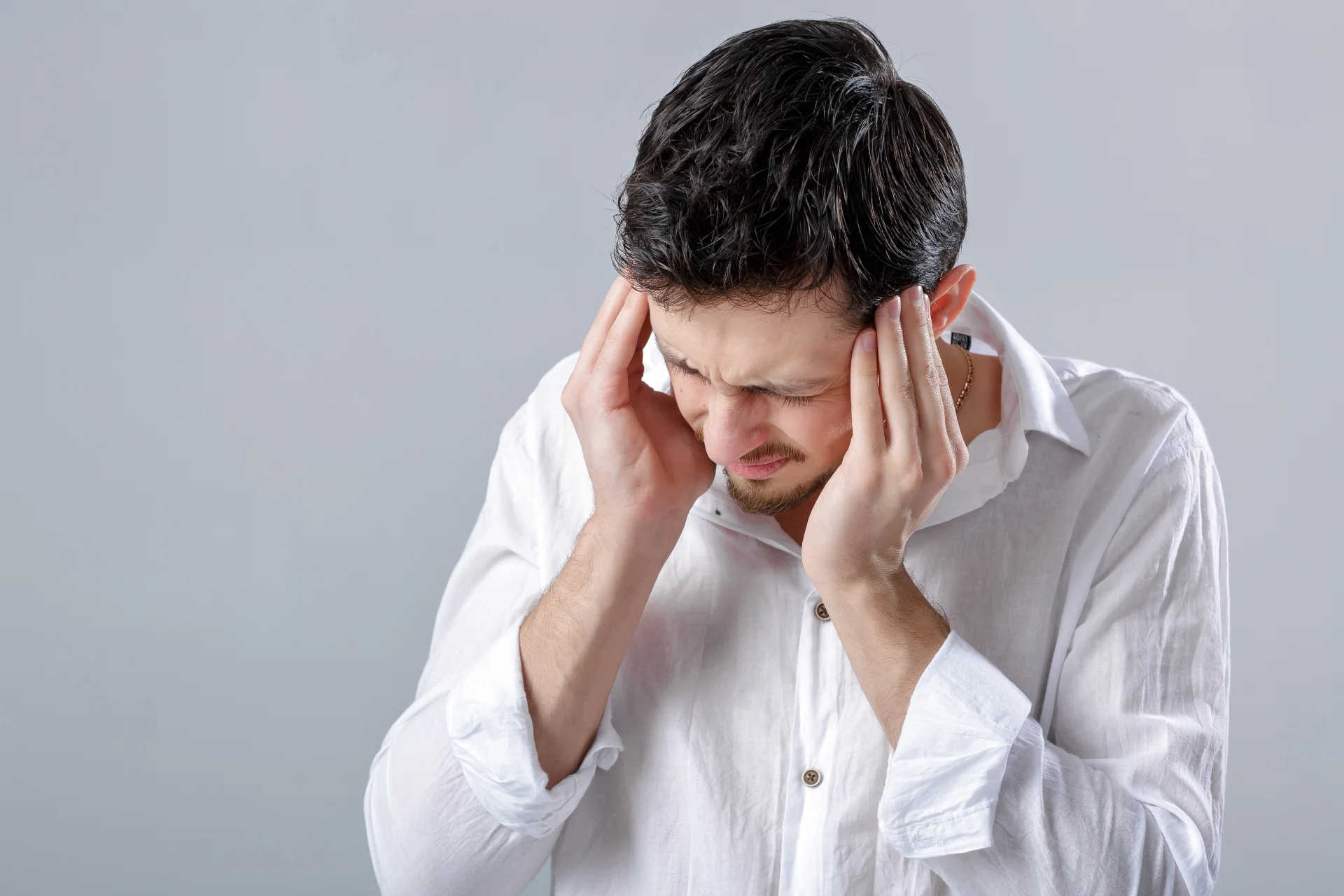Prescription Drug Addiction Treatment in Long Island
A Long Island guide to prescription drug addiction, covering high-risk meds, detox for opioids, benzos, and stimulants and care options.
Covered by most insurance plans
Available to help you 24/7
Table of Contents
Prescription medications treat countless conditions, but when they are used outside medical guidance or for longer or higher doses than intended, dependence and addiction can develop. On Long Island, we see challenges with opioids, benzodiazepines, and prescription stimulants most often. Long Island Addiction Resources is a confidential referral service that helps Nassau and Suffolk residents compare nearby licensed programs that match their needs and insurance. We are not a rehab or medical provider.

Which Prescription Drugs Carry the Highest Risk
- Opioids Oxycodone, hydrocodone, morphine, codeine, oxymorphone, and fentanyl prescribed for pain. High overdose risk, especially with fentanyl contamination in non pharmacy pills.
- Benzodiazepines Alprazolam, diazepam, lorazepam prescribed for anxiety or insomnia. Fast tolerance, physiological dependence, and severe withdrawal risks.
- Prescription stimulants Amphetamine and methylphenidate for ADHD or narcolepsy. Misuse for focus or performance can lead to dependence, cardiovascular strain, and sleep disturbance.
- Other categories Some sleep agents, gabapentinoids, and sedatives can be misused when combined with alcohol or opioids. Risk rises when medications are stacked.
How Prescription Addiction Develops
Most prescriptions start appropriately. Problems arise when doses creep up to chase the original effect, refills extend beyond the intended time frame, or medications are used without a prescription. Neuroadaptation leads to tolerance and withdrawal. Without support, the cycle progresses to compulsive use despite harm.
Risk Factors You Should Know
- Individual Personal or family history of substance use, untreated mental health conditions, starting high risk medications at a young age.
- Social Easy access at home or work, leftover pills, stress at school or job, lack of awareness about risks.
- Medical Chronic pain, insomnia, or panic symptoms that feel unmanageable without medication, leading to dose escalation.

Warning Signs of Prescription Misuse
- Behavioral Taking more than prescribed, early refills, doctor shopping, hiding pills, buying or borrowing medications, changing routes such as crushing or snorting.
- Physical and psychological Withdrawal symptoms when cutting back, disturbed sleep, appetite change and weight shifts, GI issues, drowsiness or agitation, mood swings, memory or speech problems, declining performance at work or school.
Immediate Safety Considerations
- Never mix opioids, benzodiazepines, alcohol, or other sedatives. This combination drives respiratory depression and overdose.
- Carry naloxone in households where opioids are prescribed or present. Teach family how to use it.
- Use one prescriber and one pharmacy and keep an up to date medication list.
- Secure storage and disposal Lock up active meds and use community take back options for leftovers.
Detox and Stabilization on Long Island
Detox is the first step for many but not all prescriptions. The approach depends on the medication class and safety risks.
- Opioids Medications such as buprenorphine or methadone reduce withdrawal and cravings. Naltrexone may be used after detox to block opioid effects.
- Benzodiazepines Do not stop abruptly. A clinician guided taper or cross taper to a longer acting agent is standard to prevent seizures and severe rebound symptoms.
- Stimulants No FDA medication treats stimulant withdrawal directly. Care targets sleep, mood, and cravings while building structure and supports.
- Polysubstance use Plans address every substance involved and any co occurring medical or psychiatric conditions.
Levels of Care Near You
- Medical detox Twenty four hour monitoring, medication initiation, and transition planning.
- Residential rehab Structured live in care for complex needs or unsafe home settings.
- Partial Hospitalization Program Full daytime therapy with evenings at home or in recovery housing.
- Intensive Outpatient Program Several sessions per week with therapy, medical management, and peer support.
- Standard outpatient and medication management Ongoing counseling, relapse prevention, and medications when indicated.
Evidence-Based Therapies for Prescription Drug Addiction Recovery
- Cognitive Behavioral Therapy Identifies triggers, restructures thinking, and builds coping skills and relapse prevention plans.
- Motivational interviewing Strengthens engagement and aligns choices with personal values and goals.
- Dialectical Behavior Therapy skills Emotion regulation and distress tolerance for high stress moments.
- Contingency management Structured rewards for meeting recovery milestones when offered by a program.
- Family therapy and peer support Improves communication and accountability, reduces isolation through groups and mutual aid.
Aftercare and Long Term Recovery
- Structured routines Sleep, meals, activity, and appointments on a weekly schedule.
- Relapse prevention Identify people, places, and situations that raise risk and create if then plans.
- Health maintenance Pain, anxiety, or ADHD care with safer, multimodal strategies to avoid slipping back to high risk medications.
- Ongoing supports Therapy, coaching, alumni or community groups such as SMART Recovery or NA.
How We Help on Long Island
Long Island Addiction Resources verifies insurance, explains options, and connects you with nearby licensed providers for detox, residential, PHP or IOP, outpatient therapy, medication management, and recovery housing across Nassau and Suffolk. We are a connector and guide focused on person centered, evidence based care.
Start today
If you or a loved one are ready to end your alcohol and drug use, there are many recovery options available near you in Long Island
Rehab Programs
Are you ready to take back control over your life?
Making the decision to seek help is one of the hardest and bravest steps you can take. We know that the recovery process is not always easy—there may be challenges along the way—but every step forward brings you closer to a life free from the weight of addiction.
Find treatment options covered by insurance















Let today be
your Day 1
We'll get on a call, assess your health history, and verify your insurance. Today is Day 1. We can't wait to celebrate Day 1000 with you!
Fill out this simple form and we’ll call you right back.
Frequently Asked Questions
We'll get on a call, assess your health history, and verify your insurance. Today is Day 1. We can't wait to celebrate Day 1000 with you!
How does prescription drug misuse begin?
Misuse often starts with a legitimate prescription. As tolerance develops, individuals may take more than prescribed or continue using the medication after it’s no longer needed.
What are the dangers of benzodiazepine misuse?
Drugs like Xanax, Valium, and Klonopin can lead to severe withdrawal symptoms, memory problems, and life-threatening overdoses when combined with other depressants.
Can someone become addicted to a medication even if prescribed by a doctor?
Yes. Even legitimate prescriptions can lead to dependence if taken for extended periods or in ways not directed by a healthcare professional.
Can therapy help with prescription drug addiction?
Yes. Therapy helps individuals identify triggers, develop coping skills, and address underlying emotional or mental health issues that contribute to misuse.
How long does prescription drug treatment last?
Treatment duration varies. Detox may take days, while therapy and aftercare can last several months or longer for sustained recovery.
